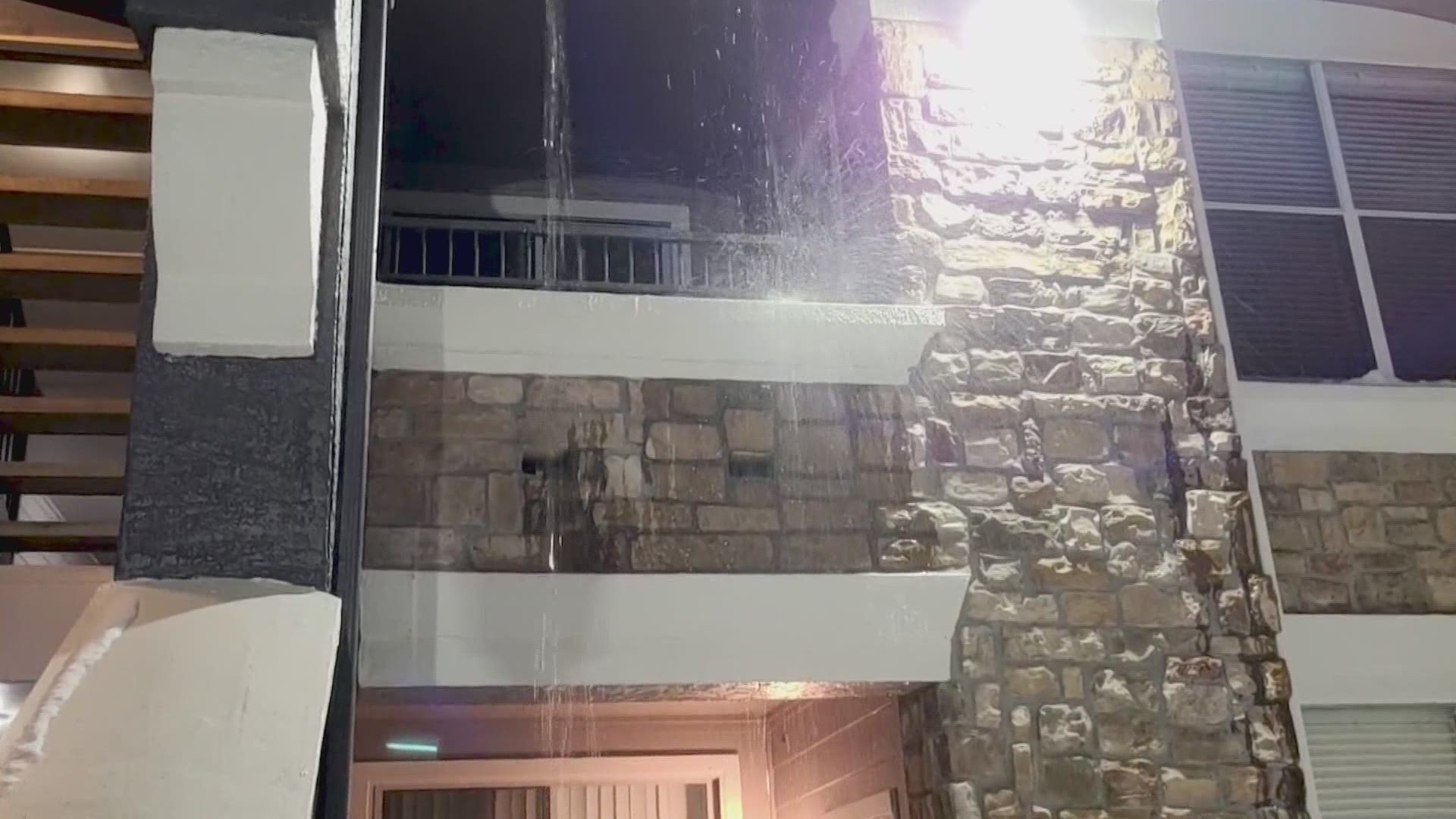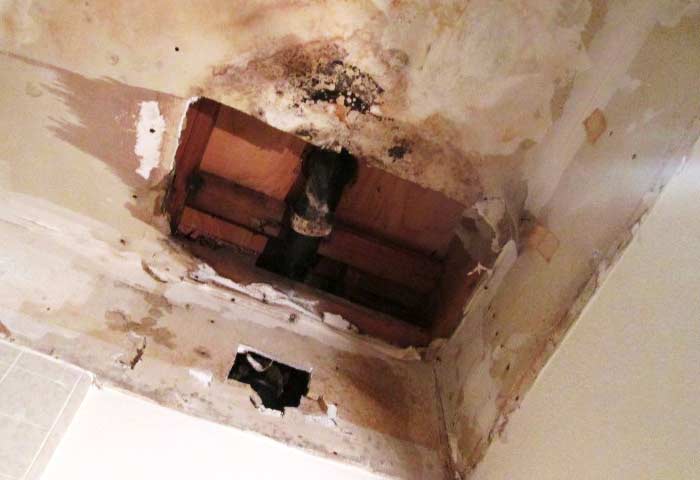Quick-Response Plumbing: Tips for Identifying and also Repairing Burst Pipes
Quick-Response Plumbing: Tips for Identifying and also Repairing Burst Pipes
Blog Article
Do you find yourself looking for advice about How to install a dishwasher safely?

A burst pipe is a major emergency; you can just stand as you enjoy water you pay dearly to reunite with the planet. In worse cases, you notice a swimming pool on your kitchen area floor, which is a great journey risk, especially if you have youngsters around. If the pipeline that burst remained in your wall surfaces, bad news: you might require to repaint that whole section.
How can a tragedy like a burst pipe be protected against as well as managed? Well, by paying attention to your professional emergency plumbers as well as following these regulations.
Exactly how do I know when my pipelines have burst?
Changing water stress
Pipes do not simply burst in a day. You might have noticed that your kitchen area tap or shower does not run instantly when you transform the faucet. It might stop briefly for a few secs and then blast you with more pressure than typical.
In various other instances, the water might seem regular initially, after that drop in stress after a few secs.
Contaminated water
Lots of people assume a ruptured pipeline is a one-way outlet. Fairly the contrary. As water flows out of the hole or tear in your plumbing system, contaminants locate their way in.
Your water might be infected from the source, so if you can, examine if your water tank has any type of problems. Nevertheless, if your alcohol consumption water is supplied and also purified by the local government, you need to call your plumber right away if you see or scent anything amusing in your water.
Puddles under pipes and also sinks
When a pipe bursts, the discharge forms a puddle. It might appear that the puddle is expanding in dimension, and regardless of how many times you mop the pool, in a couple of minutes, there's one more one waiting to be cleansed. Frequently, you may not have the ability to map the puddle to any type of noticeable pipelines. This is a sign to call an expert plumber.
Damp wall surfaces and water stains
Before a pipe bursts, it will certainly leakage, most times. If this consistent dripping goes undetected, the leak may finish right into a vast gouge in your pipe. One simple way to avoid this emergency is to watch out for damp wall surfaces advertisement water discolorations. These water stains will lead you right to the leak.
Untraceable leaking sounds
Pipeline ruptureds can happen in the most unpleasant locations, like within concrete, inside walls, or under sinks. When your home goes quiet, you might have the ability to listen to an aggravatingly relentless trickling noise. Even after you've checked your shower head and kitchen area tap, the leaking may continue.
Precious visitor, the trickling might be originating from a pipeline inside your wall surfaces. There isn't much you can do concerning that, other than inform an expert plumber.
Show up the Warm
Set up fans to blow warm into chilly spaces. Keep the garage door closed. If you have decreased water flow, heat the most vulnerable pipelines (typically in basements and crawl spaces or near exterior walls) with a hair dryer. Leave the faucet on while you use warmth. As you thaw ice, the circulation will certainly enhance. To avoid pipes from freezing, shield your wall surfaces.
Start Eliminating the Water
Get the mop, buckets and a store vacuum cleaner to begin to do away with the water since you definitely don't want it saturating right into whatever else in the house. And also, a quick clean up will lower the opportunities of something obtaining moldy.
What do I do when I spot a ruptured pipeline?
Your water meter will continue to run also while your water wastes. To lessen your losses, find the main controls and also transform the supply off. The water pipe are an above-ground framework at the edge of your residential property.
How to Fix & Detect a Leaking Pipe
How Do I Know if a Pipe is Leaking?
Leak detection tests can help you determine if your pipe has a leak. Even if you don’t see an apparent leak, you should still conduct leak detection tests regularly to save water and money—and prevent major damage to your home.
Water meter. It can be helpful to figure out what your usual water meter usage numbers are and then monitor them regularly. To monitor your meter, first, turn off all water faucets in your home. Check the meter and write down the numbers. In a few hours, check the meter again. If the numbers have changed, you have a leak. Water gauge. Use a water gauge to test your water pressure. Your showerhead should produce a certain amount of water pressure based on its model and design. If the pressure is lower than it is supposed to be for that specific showerhead, your home likely has a leak. Puddles. Look inside your bathroom, laundry, and kitchen sink cabinets. Puddles around the cabinets or around toilets, tubs, showers, and washing machines indicate the presence of a leaking pipe. You may also notice loose tiles, peeling or flaking paint, or mold caused by water accumulation. Napkin test. Even if you don’t see any puddles, you may still have a leak. You can test for water leaks in the bathroom, laundry, and kitchen by wiping below-sink connections with a napkin, paper towel, or piece of toilet paper. If it becomes damp, you probably have a leaking pipe under the sink. Discolored walls. Walls that are discolored—usually with brown or yellow stains—or bulging might mean that they have been impacted by water damage caused by a leaking pipe. Smell. A leaky pipe will create sitting water, and over time, that water may develop a musty smell. If your home smells musty, but you can’t locate the source, it may be due to a leak. Steps for Fixing a Leaking Pipe
A leaky drain can be remedied by tightening the pipe base, replacing the drain seal, caulking the rim, and tightening the pipe nut. Similarly, a leaking toilet pipe can be treated by tightening the packing nut. You may also need to replace the valve. A leaky faucet may just need tightening or replacement of the washers. If that doesn’t work, consider replacing your faucet. If your pipe has a hole in it, you may want to use a pipe leak sealer or pipe leak tape. This quick fix for water pipe leaks can also temporarily fix a copper pipe leak. https://www.ahs.com/home-matters/quick-tips/how-to-tell-if-pipes-are-leaking/

We were made aware of that editorial on How to Install and Connect a New Dishwasher through an acquaintance on a different site. Do you know another individual who is excited by What to Know Before Installing a Dishwasher? Why not share it. Many thanks for your time. Come back soon.
Schedule Now!
Report this page